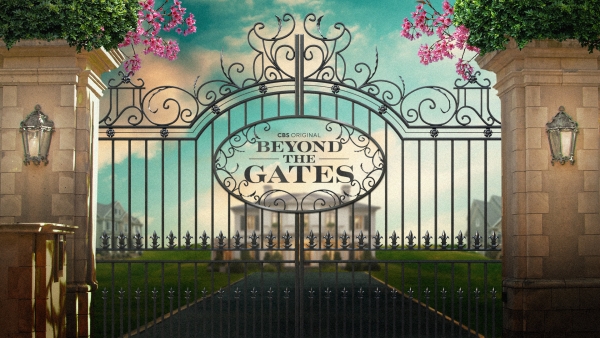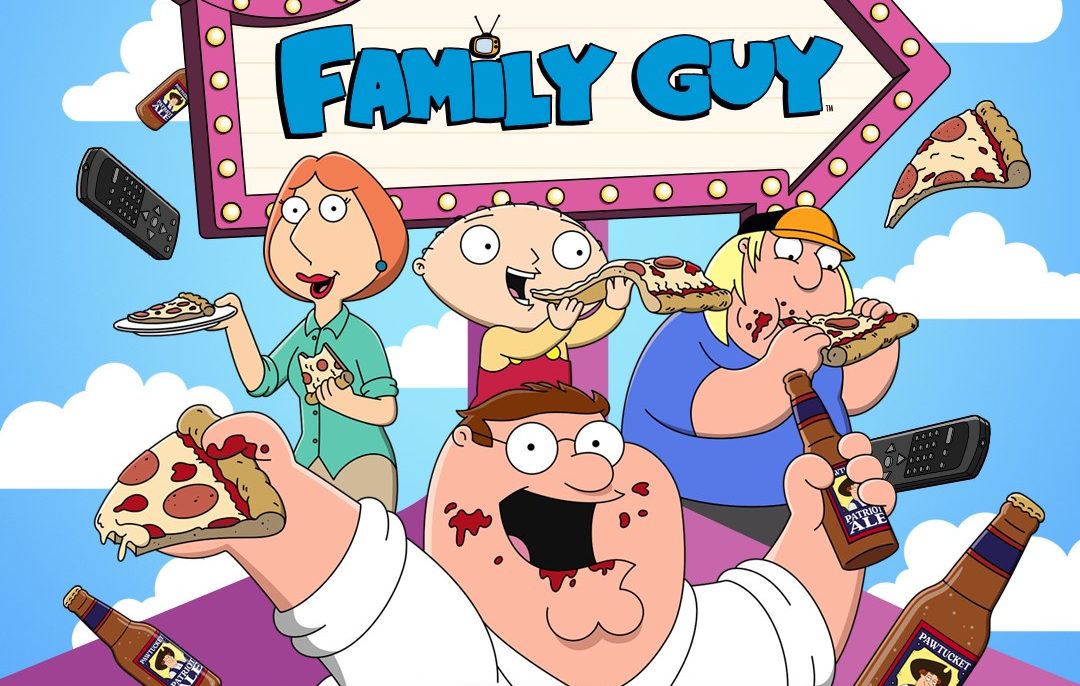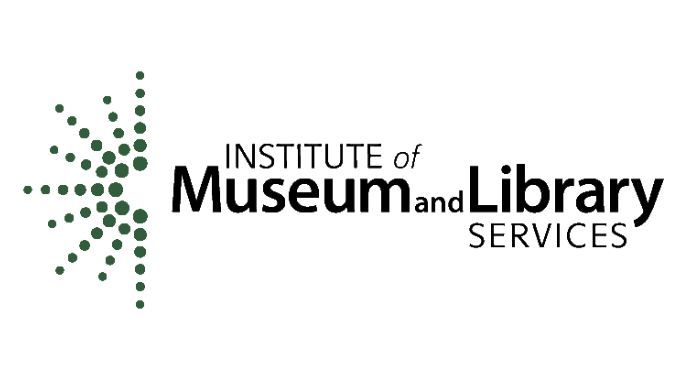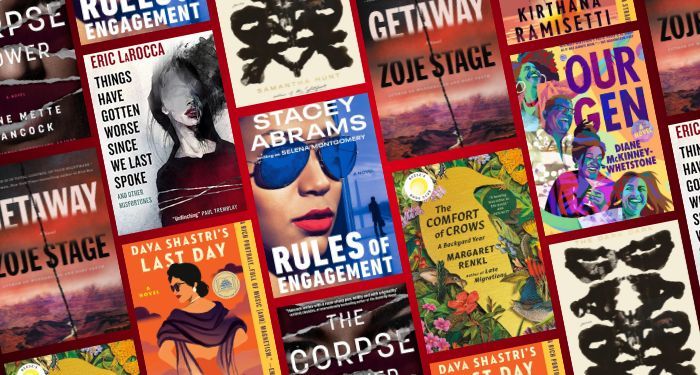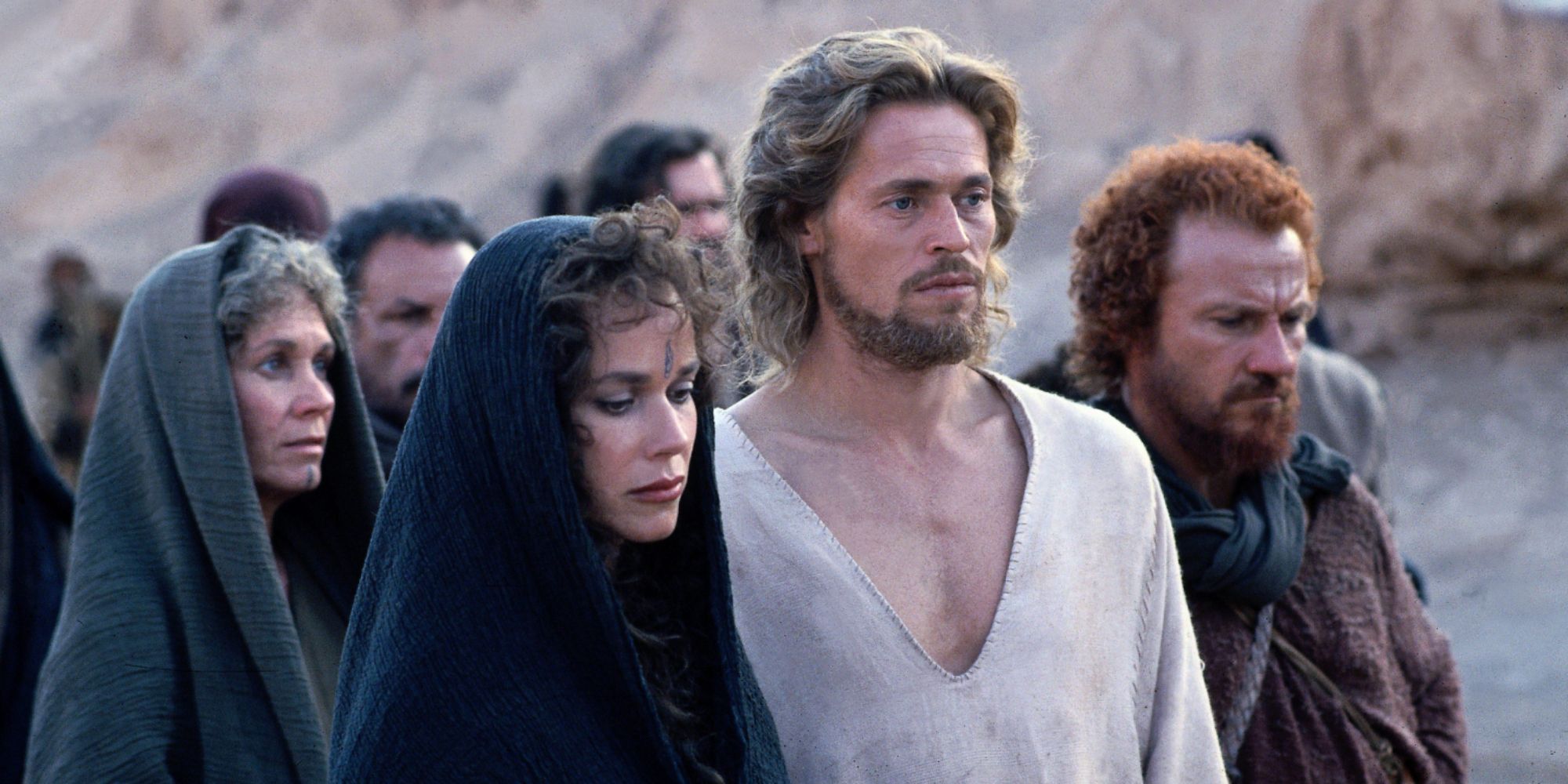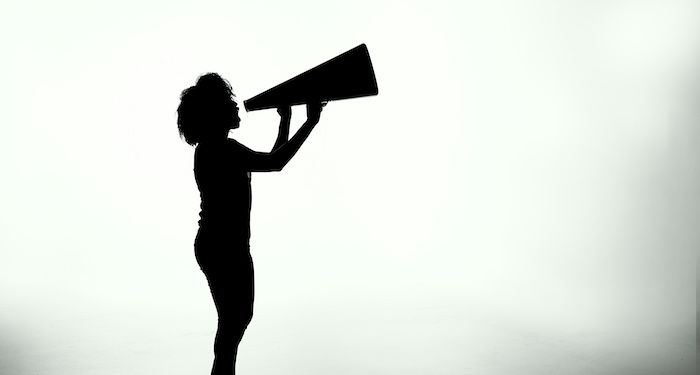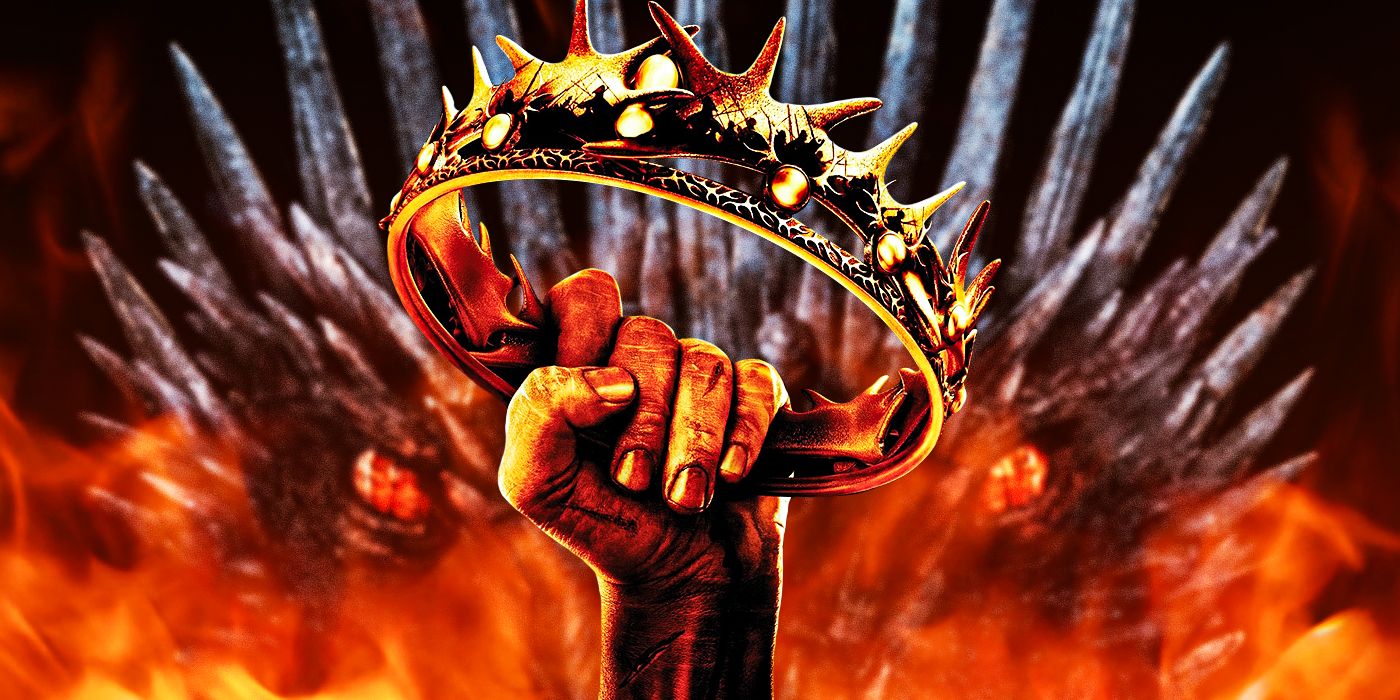The Big Picture
- The Last Temptation of Christ challenged religious beliefs by depicting Jesus as imperfect and tempted, rather than wholly divine.
- The film aimed to offer a new perspective for those struggling with their faith, portrayed by Willem Dafoe, who played a human and relatable Jesus.
- The production faced immense backlash and protests from religious groups, leading to limited release and even acts of violence against theaters.
Development hell has been a concept for as long as films have been in production, but in the case of Martin Scorsese’s The Last Temptation of Christ, that hell manifested itself in a startlingly religious form as, according to an interview with Film Comment, increasing budgets and religious protests challenged the hopes of a wide release while it was being produced. Considered by many to be among the best of Scorsese’s historical epics (and between The Irishman and Killers of the Flower Moon, he seems to be churning one out every couple of years), The Last Temptation of Christ is a 1988 film adaptation of Greek author Nikos Kazantzakis’ wildly controversial 1955 novel of the same name. Given that the book suffered the same scrutiny that the film would later be attacked with, Scorsese should have prepared himself for a challenging production cycle, but what is it about The Last Temptation that makes it so religiously obscene, and just how did Scorsese eventually pull through to, against all odds, get it made?
That Jesus is righteous and holy to an infallible degree is the point of view of many practicing Christians, but this perfect view was never something that seemed to interest the book’s original author Kazantzakis. What he instead depicted, using Jesus as his protagonist, was that even the best of us are not immune to temptation, as his imperfect view of the messiah imagines him having doubts throughout his trials and tribulations for both his place in the universe and the suffering thrust upon him as a result. The problem here wasn’t so much the content, as plenty of great directors like William Wyler and Pier Paolo Pasolini had offered Vatican-approved portrayals of Christ to great success in the past. More problematic was the manner in which Scorsese portrayed Jesus’ fantasies of escaping the cross and living the rest of his life like any other individual.
Who Does Willem Dafoe Play in ‘The Last Temptation of Christ’?
Here’s the thing… just because an artist like Nikos Kazantzakis or Martin Scorsese attempted to offer a new perspective on Jesus doesn’t mean that they intended blasphemy by any means. Kazantzakis was Greek Orthodox while Scorsese is known for his Catholic beliefs. However, what they offered instead of a toothless adaptation of the Bible was a film for those struggling with their faith, just as Jesus must have struggled with his throughout his journeys. Written by Taxi Driver scribe and First Reformed director Paul Schrader (who was responsible for a number of incredibly bold choices throughout the production), The Last Temptation found its perfect star in Willem Dafoe, a Thespian who’s no stranger to controversy and appears perfectly comfortable playing a hallucinating Christ as he confronts Satan in the form of a burning pyre.
Willem Dafoe’s performance, like Schrader’s prose, is ultimately human, a radical departure from the biblical epics of Charlton Heston that depicted holy figures with the utmost divinity. To do this, Schrader insisted that characters were to speak like they’re in a Martin Scorsese picture rather than a biblical film. Schrader told Scorsese “Unless you have them speaking in ancient Aramaic with subtitles, whoever stands behind the camera is going to be doing his ’wrong’ idea of the dialogue of the time,” resulting in Scorsese’s desire to “break away from the sound of the old biblical epics” and make the dialogue easier to digest for the modern viewer. You would think that after the box office success of Norman Jewison’s Jesus Christ Superstar (a film that post-modernly depicts modern technology during Jesus’ time), religious audiences would be a little more forgiving, but while the suspension of disbelief is a prerequisite for musicals, narrative film is a whole different game.
Why Did It Take Martin Scorsese Six Years To Read the Novel?
According to his interview with Film Comment mentioned above, there’s a more obvious reason that Martin Scorsese struggled to make The Last Temptation beyond the pushback he received from religious groups. That reason is that the novel, running at an intimidating 500+ pages, took the filmmaker (who was no doubt busy in the 70s) a full six years just to finish it! It was given to him by actor Barbara Hershey, who portrayed Magdalene in the finished film, in 1972. However, it wasn’t until 1978 that the director finally put it down, claiming to have been so absorbed by the language throughout that he had to realize he “couldn’t shoot the language” before he could settle on a vision that pleased him. Only after Schrader wrote two drafts of the script did Paramount come on board to assist, at which point it was off to Morocco and Israel for location scouting that raised the budget by millions the longer the project gestated. Eventually, only after securing a more committed deal from Universal did the project really take off.
Why Did Religious Groups Protest Against Martin Scorsese’s Production?
That commitment would cause the studio consequences after all. Several Christian groups had begun to organize massive protests and boycotts of the film for its special twist on the gospel (including a scene of Jesus and Mary doing the deed), the most successful of which involved a gathering of 600 protesters outside of Universal Studios and MCA (their parent company at the time). Christian Evangelist Bill Bright even offered to buy the negative of the film from Universal so that he could destroy it. Universal rightfully countered with a rejection, upholding the right to free speech and its importance, especially in the context of art. As a result of the protests, several cinema chains refused to release the film.
In his interview above, Martin Scorsese doesn’t appear to hold any malice towards those who impeded his release, stating that many apologized to him after the dust settled. “The whole point of the movie,” he says “is that nobody is to blame, not even the Romans,” with this forgiving philosophy seeming to seep into his discussion of studios and protestors alike. Unfortunately, certain groups didn’t stop protesting. In Paris, a group of Catholic integralists (a specific sect of Catholicism that contends that Christianity should provide the basic framework for law and public order) planted an incendiary device in a cinema, horrifically injuring 13 attendees as a result. While it’s a relief that no one’s life was taken, it’s a crying shame that such a safe space was violated in the first place.
The Last Temptation of Christ actually earned Martin Scorsese a nomination from the Academy for Best Director that year, a well-deserved for a filmmaker who, against all odds, fought with their life to accomplish their dream. Scorsese of course didn’t let the controversy surrounding his intimate biblical epic stop him from diving back into the religious space 28 years later with Silence, itself garnering massive acclaim upon its release. While Killers of the Flower Moon is right around the corner, there’s another project Scorsese’s been cooking that would round out his informal Holy Trilogy. Thankfully, unlike the others, this one is Vatican-approved.















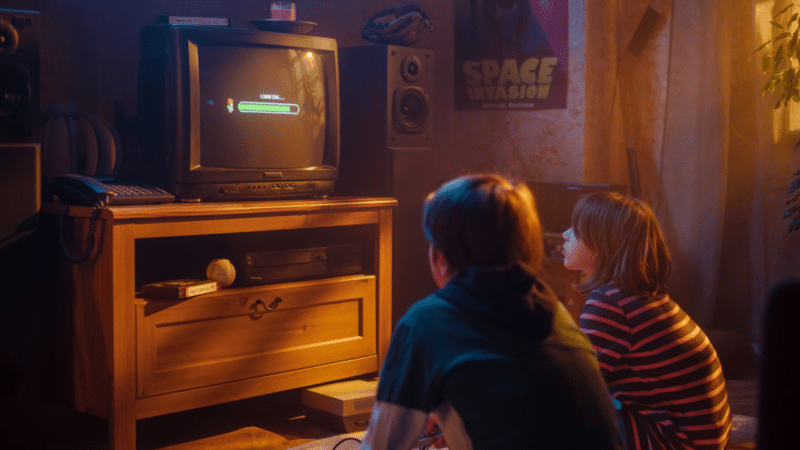






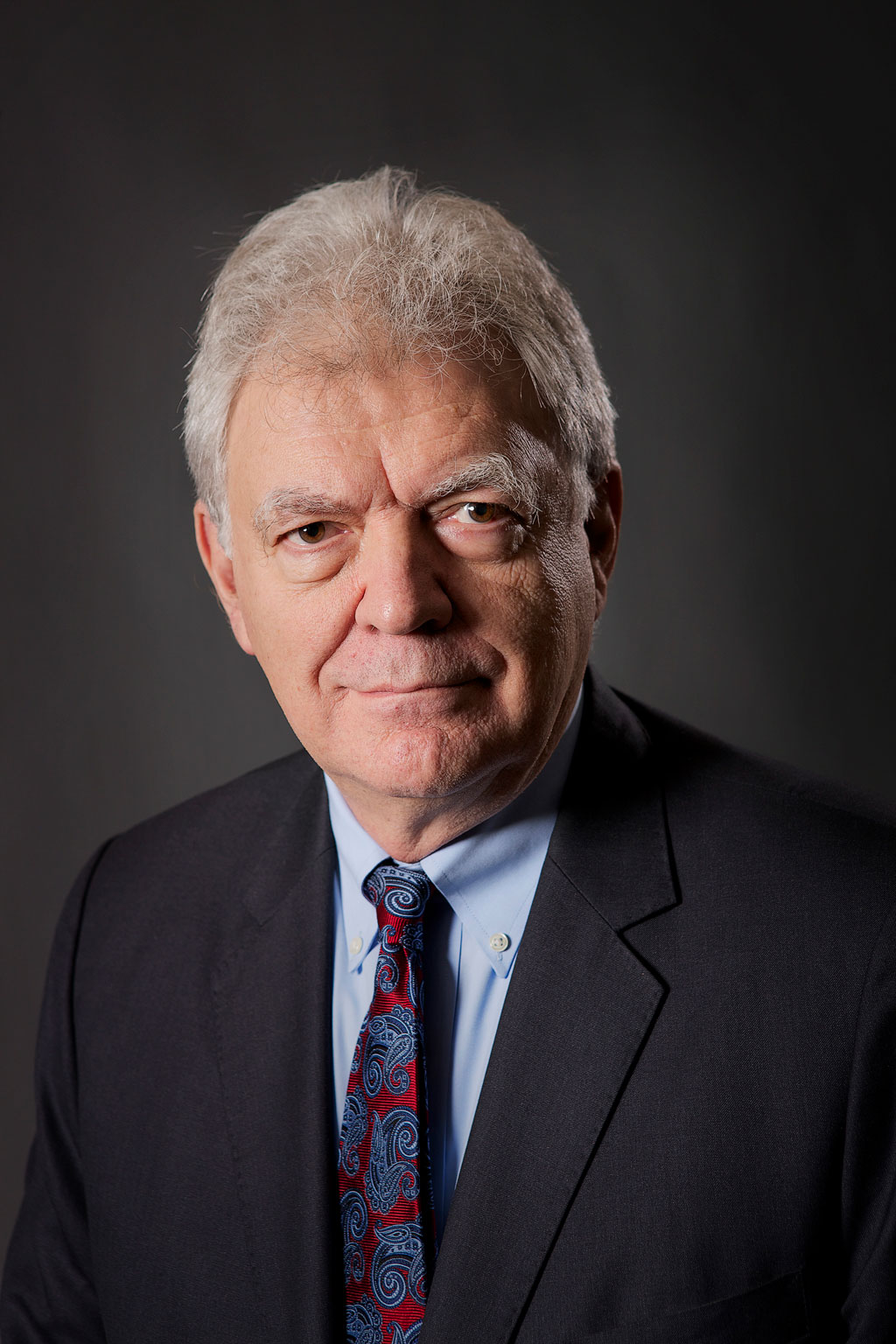


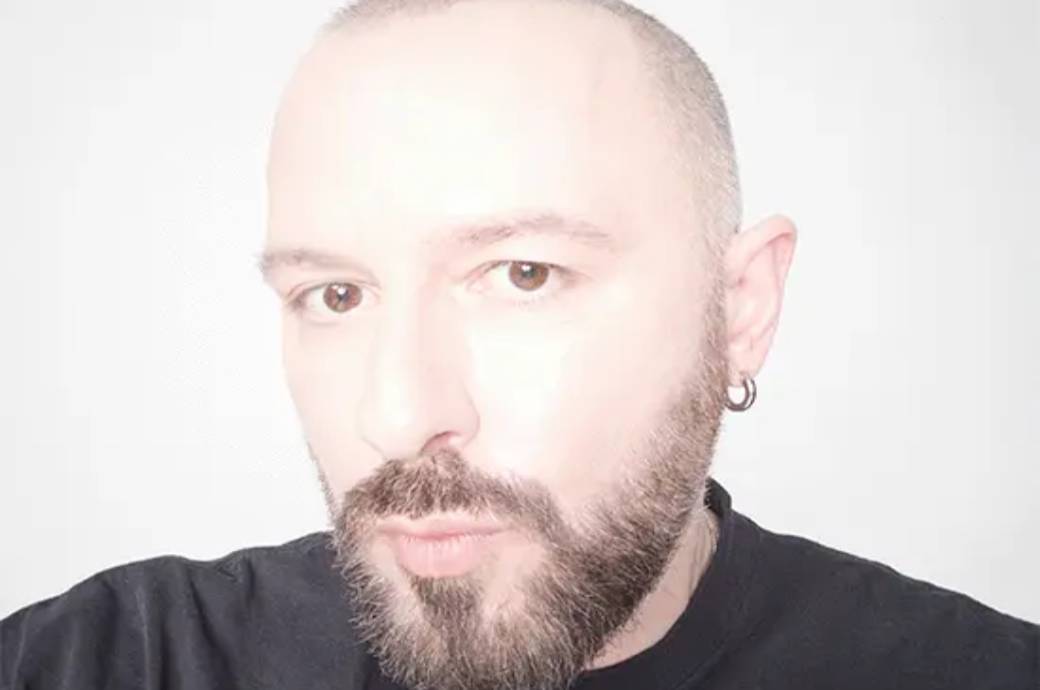




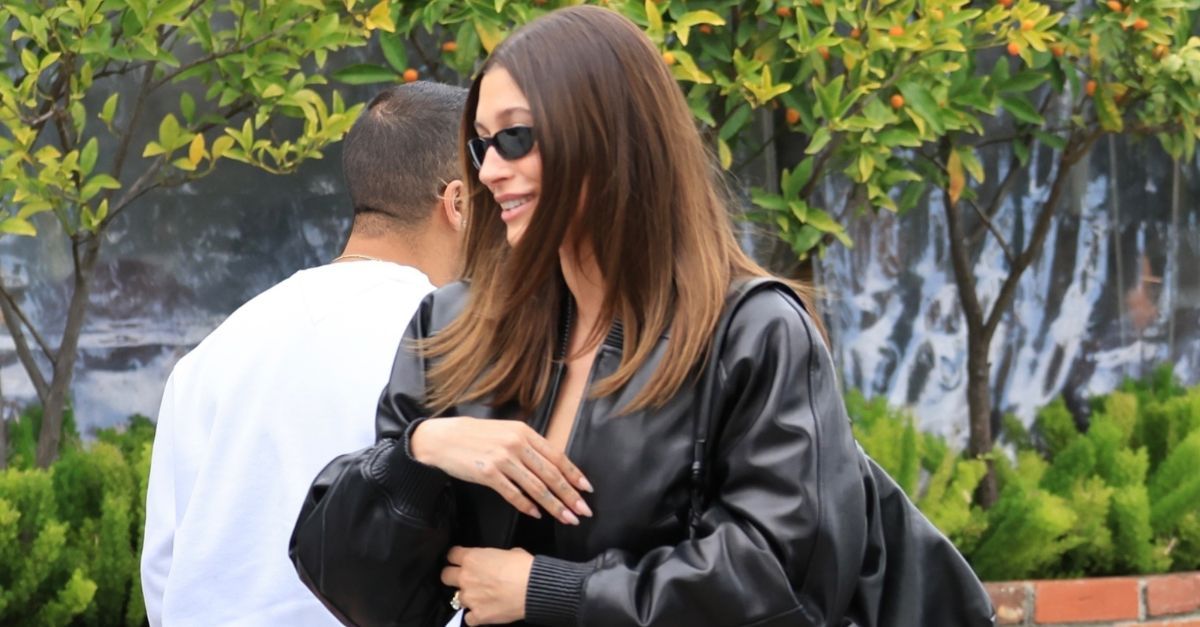






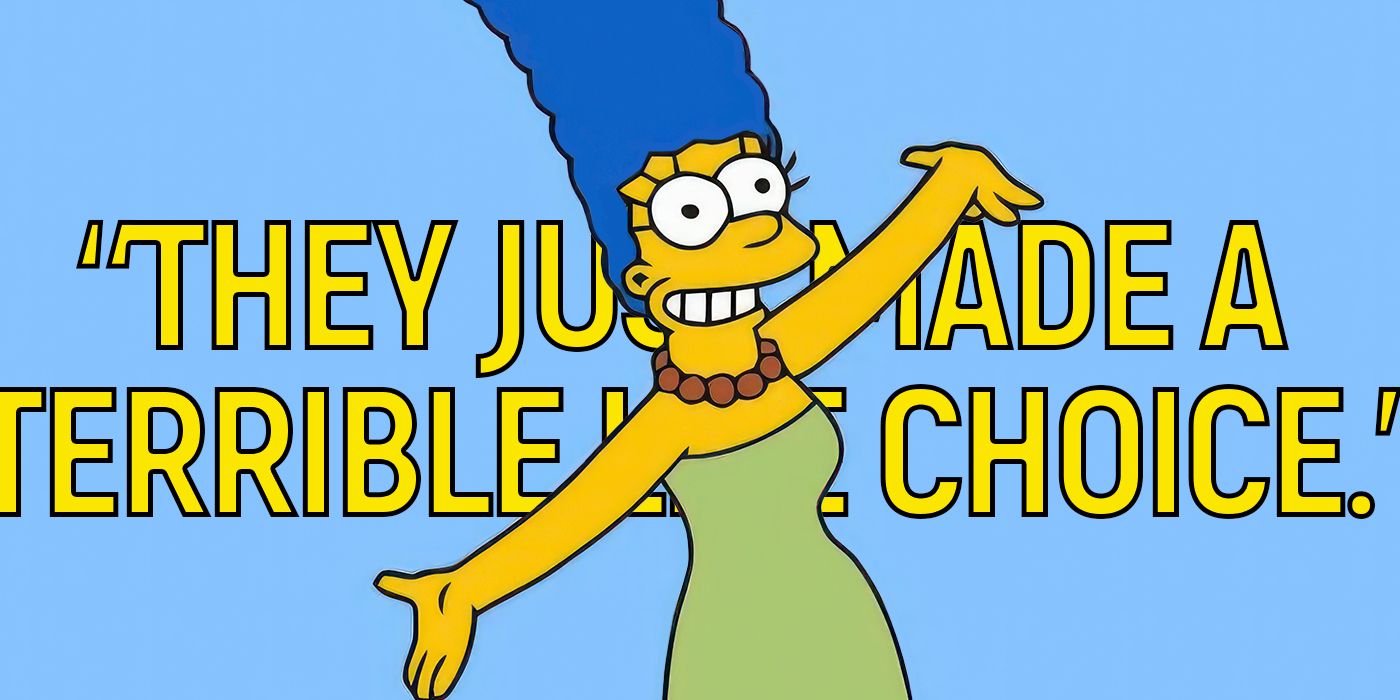


![Spider-Man Is Back in Black With the Green Goblin in New Funko Pop! Figures [Exclusive] Spider-Man Is Back in Black With the Green Goblin in New Funko Pop! Figures [Exclusive]](https://static1.colliderimages.com/wordpress/wp-content/uploads/2025/03/spider-man-the-animated-series-green-goblin.jpg)


